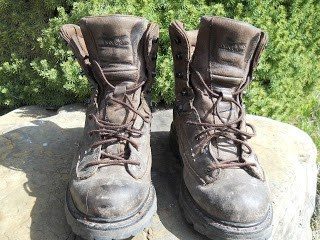
If you’ve learned anything from this post, I hope you’ve learned that gear matters.
Quality equipment can mean the difference between a successful hunt and packing it in early.
I’ve wasted a lot of money buying cheap gear that failed on me, eventually costing me more in the end because I had to pay to replace it.
Next week, we’re going to talk about when it’s worth it to spring for the good gear, and when you should just not buy and leave the gadgets in the store.
Not Go Cheap
Before we get to that, I want to stop and emphasize a piece of gear where hunters should NOT GO CHEAP! If there was one piece of gear in your kit where you should get the very best you can possibly afford, it would be your FOOTWEAR!
The hunter’s feet and the boots he wears on them are his most used piece of hunting equipment.
He uses them every trip, every time.
Cheap, poorly made boots are one of the worst ways you can spend $100. If your feet are miserable, you’re miserable. Nothing will end a hunt faster than aching, cold, blistered feet. It didn’t take many mornings sitting in a stand with numb toes for me to figure out a better system for warm feet. I only had to haul one buck up a steep hillside wearing boots that didn’t fit right for me to make a change. Having the right footwear for the situation at hand makes a huge difference in your comfort as a hunter, and like we’ve said – being comfortable means you stay in the field, which means you get more stuff dead. You’ll find that your feet are happier and your boots more versatile when you have good quality sock options to wear with them. The same pair of boots may work great with a pair of lightweight wicking socks during early season hunts, and heavier high-pile socks during mid-season hunts. Here are a few qualities you should have in a good sock: Wet feet are never happy. Any good socks (lightweight or winter socks) should wick moisture away from your feet. If your boots are rubbing on your feet all day, that’s a recipe for a blister party. Good cushioning can prevent a lot of sores and aggravation but it can also change how your boots fit, so make sure you’re pairing the right sock with the right boot. I waited way too long to get socks with compression. My over-the-calf compression socks increase circulation and support my arches and really help prevent foot fatigue. It works for athletes, why not for hunters? Try it. You’ll be glad you did. There is no one pair of boots that is perfect for every hunting situation. If your hunts are going to take place in different environments, you’re going to need different boots. I have a pair of tall waterproof boots for some of my hunting environments. I also have a pair of lightweight hikers for early season tree stand/mountain hunting. As you’re looking for the right boots, there are some basic qualities you should keep in mind. A little insulation goes a long way in a pair of hunting boots, especially with a good merino wool sock. My boots have 400g of Thinsulate and are pretty versatile through the mid to late season. If you mostly hunt in more temperate climates, you can probably get by with little to no insulation. Folks who see snow and long sits in a tree stand probably want a little more insulation for low-activity comfort. It’s really a good thing to have stiff boots. Not ski boot stiff, but stiff. If I hunted out West more, I would probably even go for an almost ski boot kind of stiff. When shimmying up hills, especially with loose footing, having a stiff boot with a strong sole is mandatory. Good, the aggressive tread will make a world of difference when walking on uneven ground. I’ve got a pair of waterproof boots with an average tread, and I never even get them out when I know I’m going to be on the side of a ridge or need to climb down into a creek bottom. I want something that will bite into the side of a hill, and keep my ankles straight while I sneak around the pines. “Waterproof” doesn’t always mean waterproof. Glued soles tend to separate at the worst possible time. Cheap shoelaces like to break when you’re 500 miles from a store. The quality and construction of your boots should be a priority. Truly waterproof, sewn soles, durable components, and a brand that backs their product are a minimum for me in a heavy duty boot purchase. There is more to a good pair of boots than just picking the right pair. The more important step might be to make them last and get the value out of your investment. Using good boot preparation, maintenance, and post-hunt care will keep them in good shape for years to come. Please, please, please don’t let the first time you wear your new boots be on a four day hunting trip. Get out for some afternoon hikes, and go through a good break-in process before you head out and depend on your boots during a hunt. Heck, I even cut the grass in mine to help break them in. Water and mud can wear out a good pair of boots fast. Cleaning and drying wet boots will help make them last. Having a plan to dry boots while out in the field is a great idea too. Some simple fireside stick frames can do wonders for cold, wet boots the next morning. If your boots are leather, applying a good leather conditioner after they see some abuse can be the difference in years, and decades of use. You are going to spend more time with your socks and boots than any other piece of gear you’ll ever own. Take care of them. Develop a plan to maintain your boots and keep your feet warm and dry, and your hunting will be much more pleasant. Don’t risk it. Take care of those feet with some good compression wool socks, and some serious high-quality boots. Pro Tip: Insoles. Even $400 boots sometimes have horrible insoles. A pair of $50 cushioning insoles can be worth their weight in gold if they’re saving you from blisters and sores after several days of hunting. My Gear: My favorite all-around boot right now is Cabela’s Miendel Perfekt Hunter. I’m a big fan of Muck Boots for early season/wet weather hunts without much hilly terrain. I never hunt without a pair of First Lite merino wool socks.Good Socks are Half the Battle
#1 – Wicking
#2 – Cushioning
#3 – Compression
What Should I Look for in a Good Pair of Boots?
#1 – Insulation
#2 – Stiffness
#3 – Tread
#4 – Construction
Have a Pre & Post-hunt Plan for Your Footwear
#1 – Break In
#2 – Drying Wet Boots
#3 – Conditioning


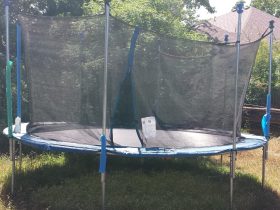


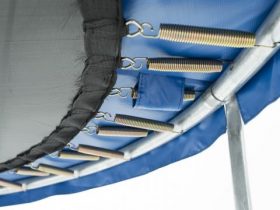
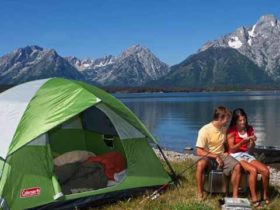

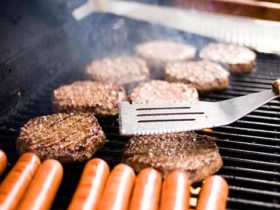
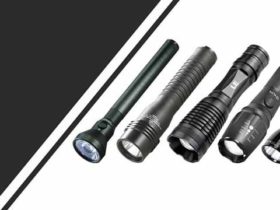
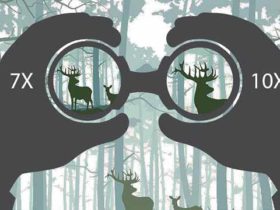
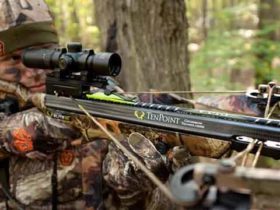
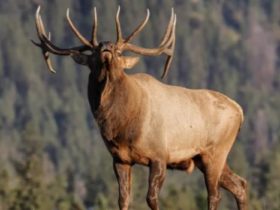
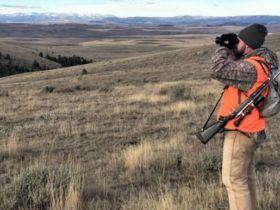

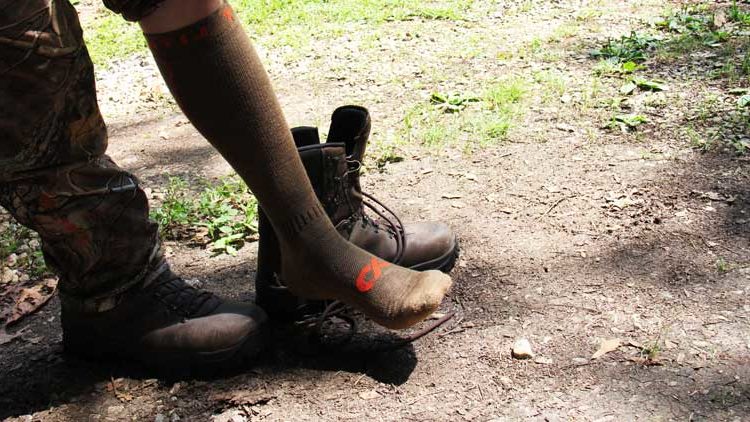
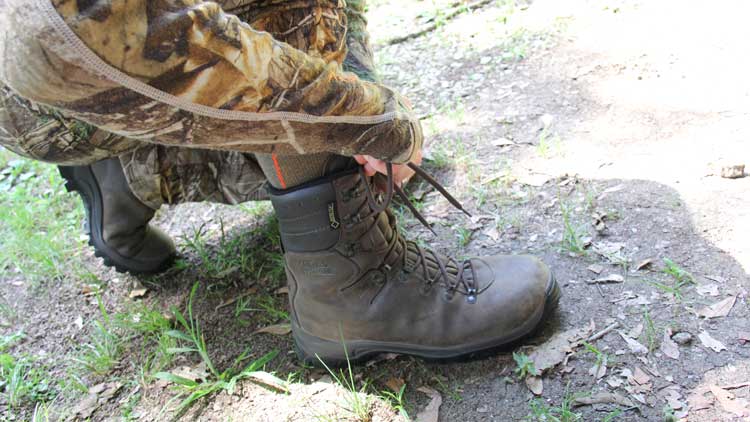
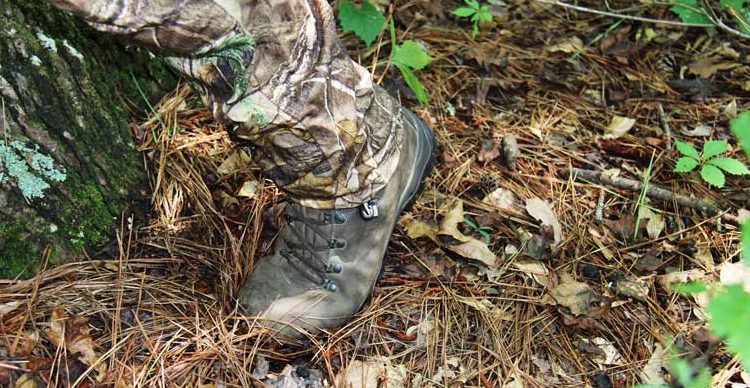




Leave a Reply
View Comments